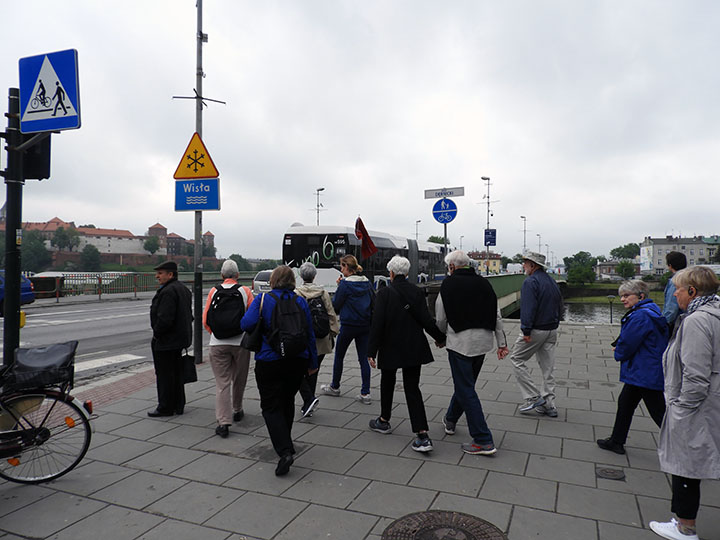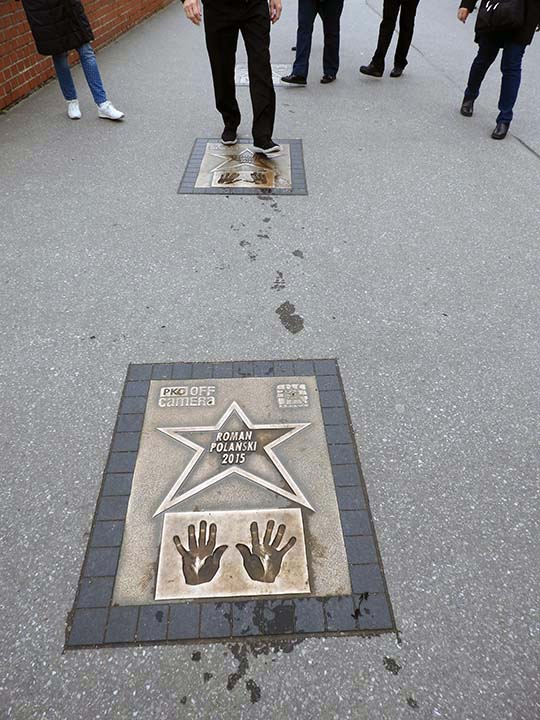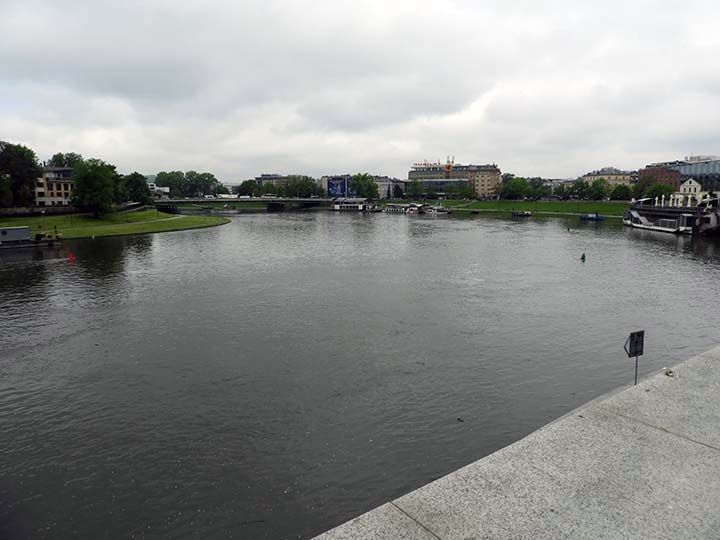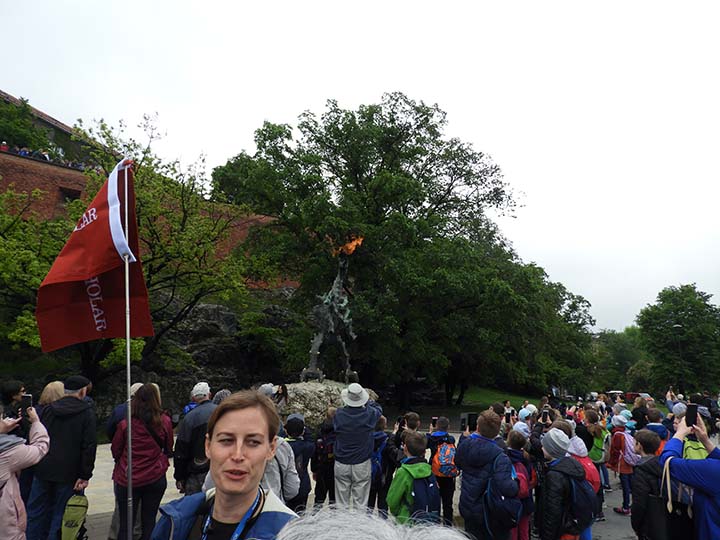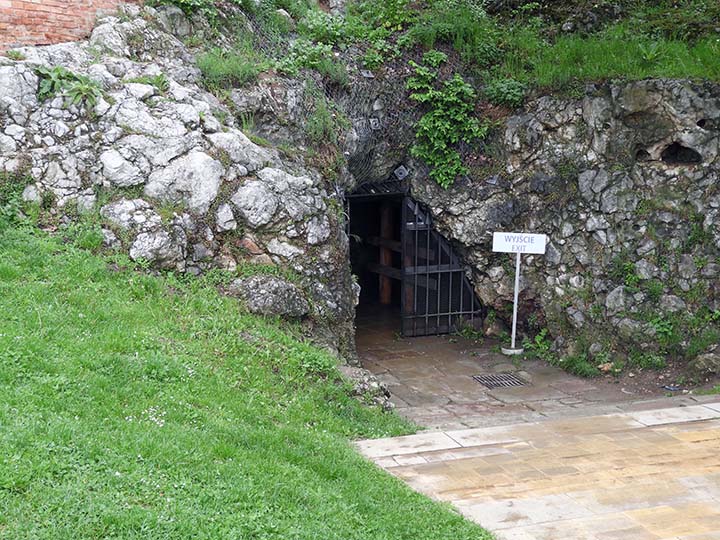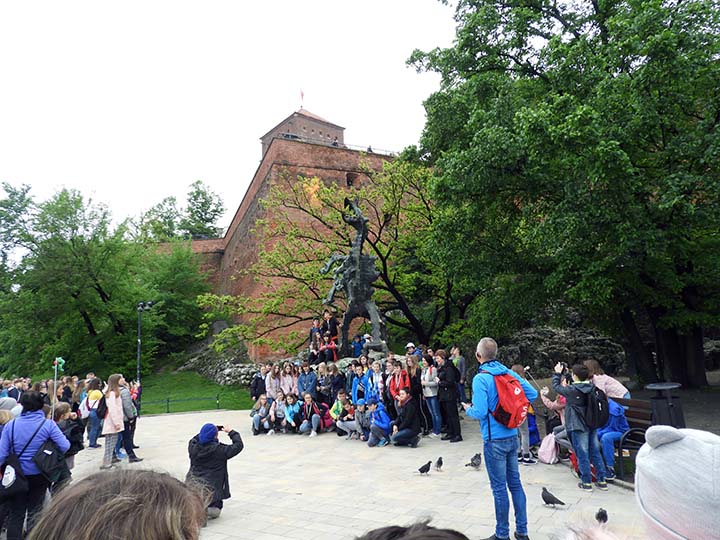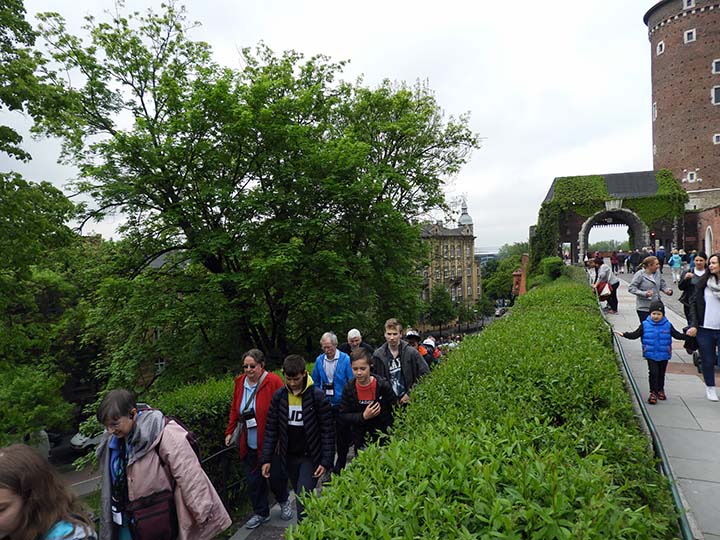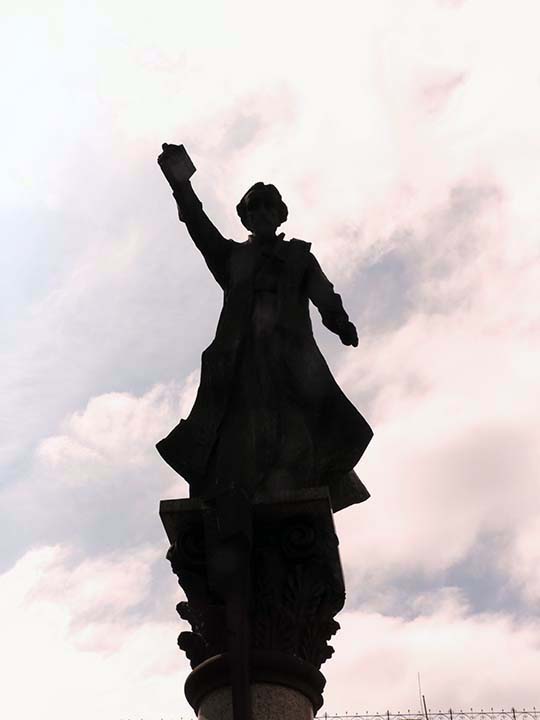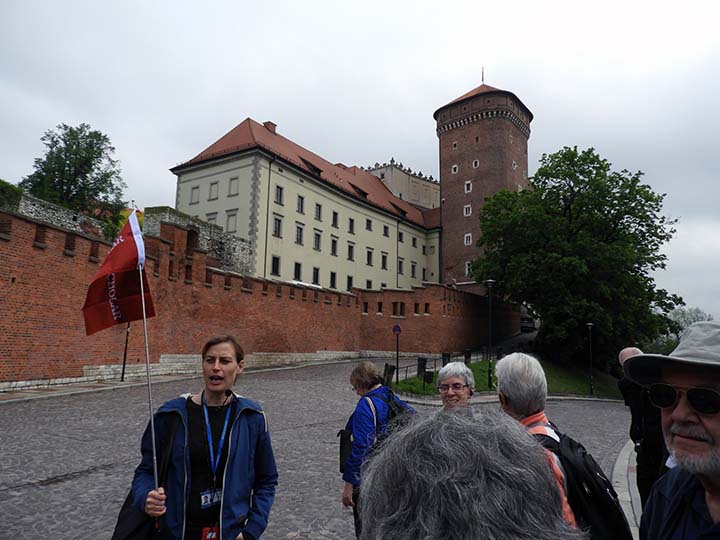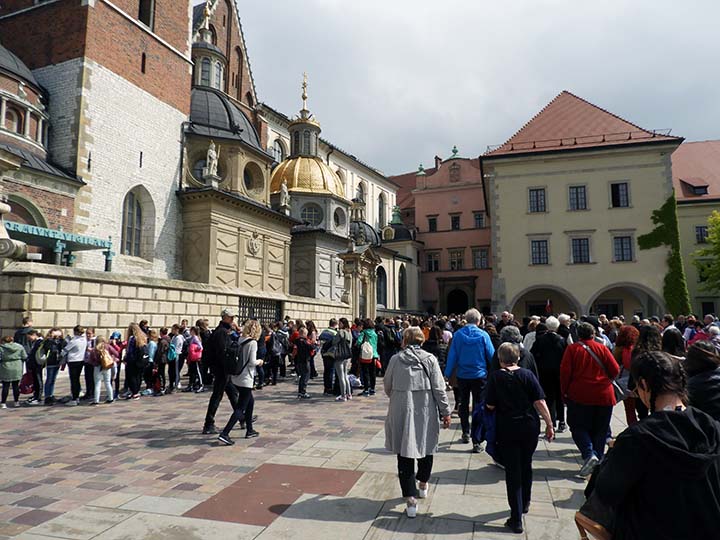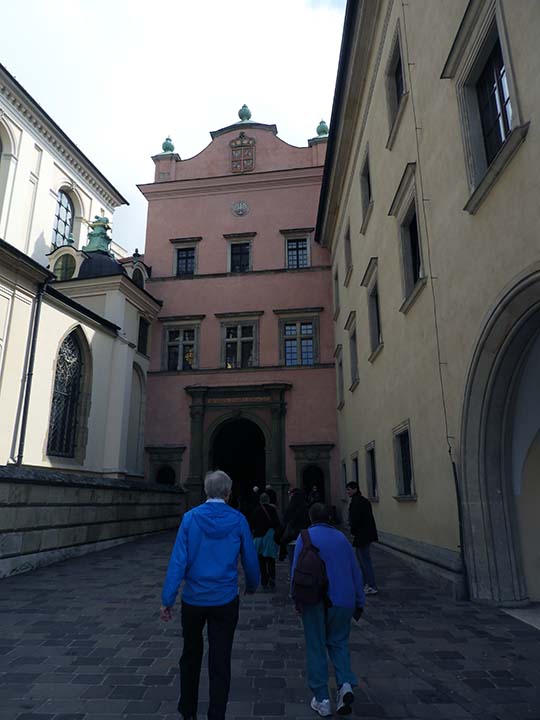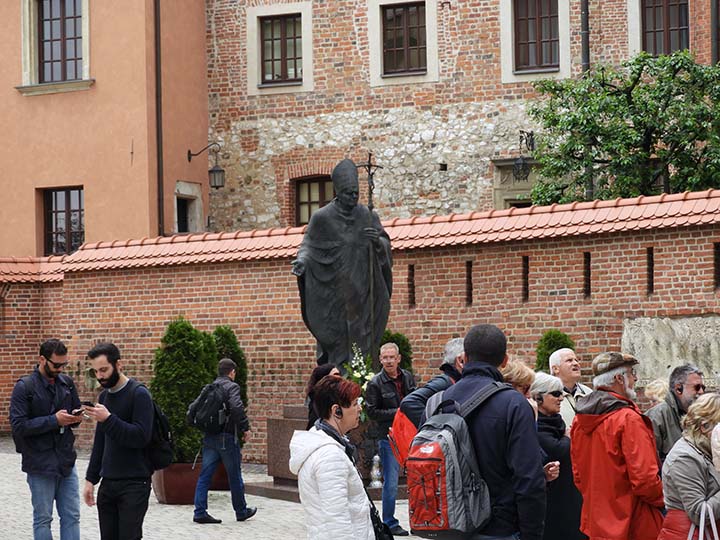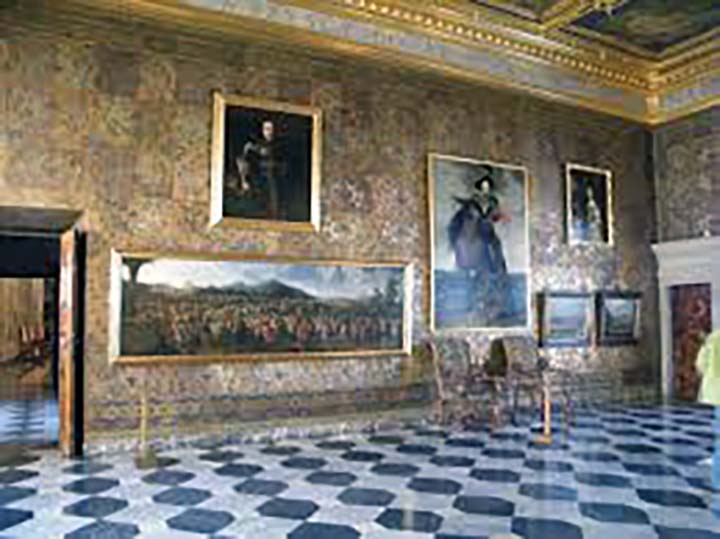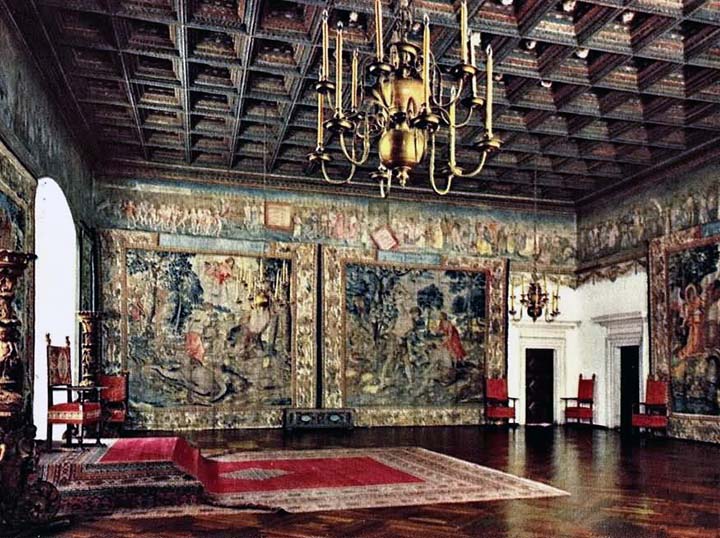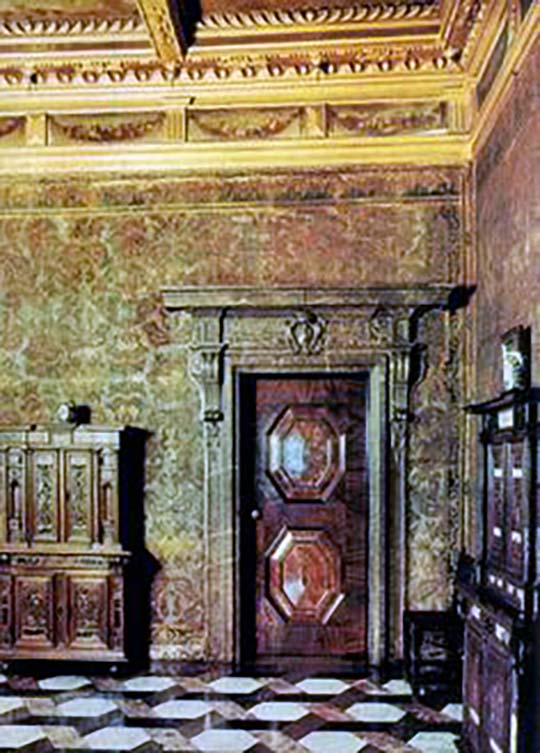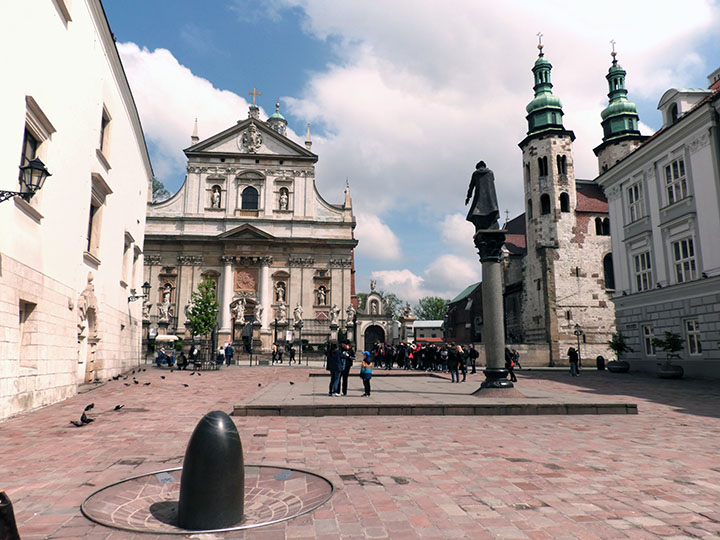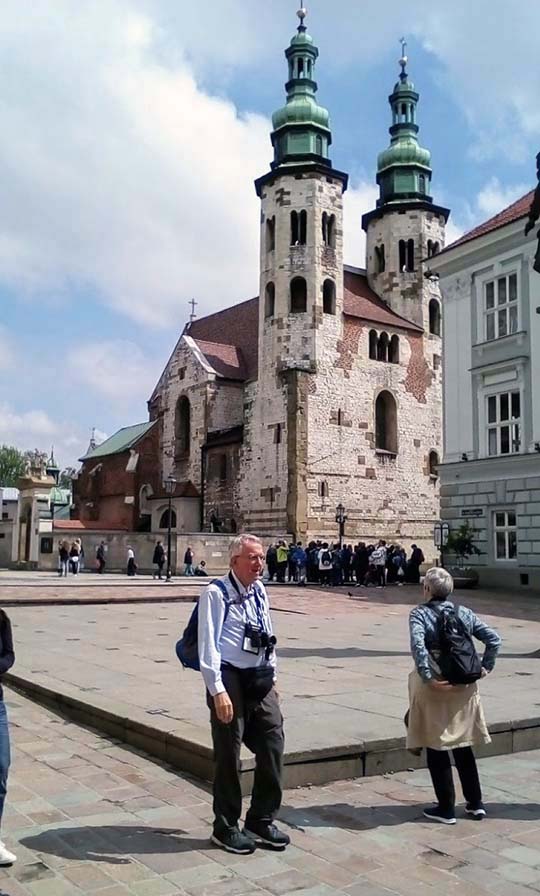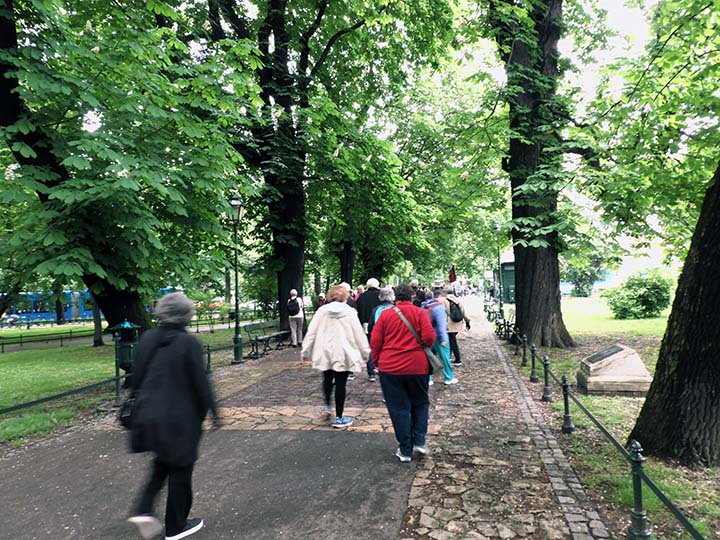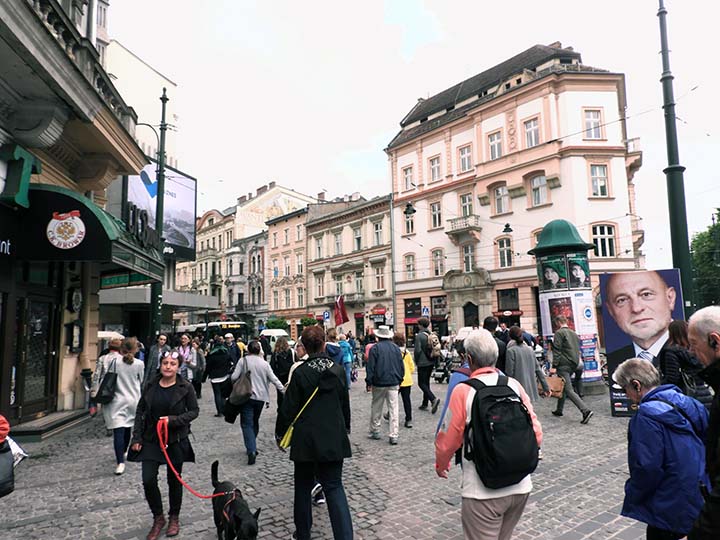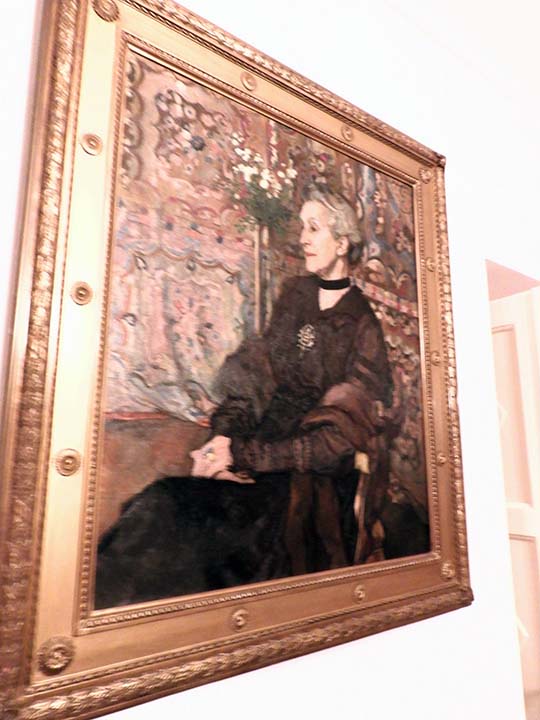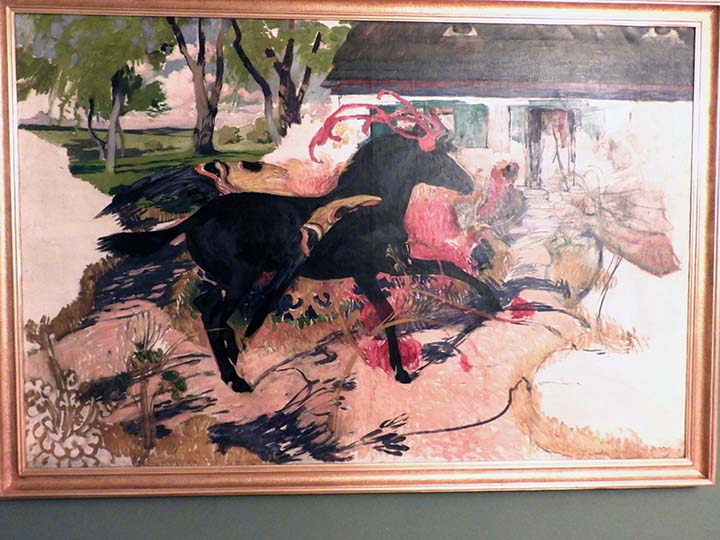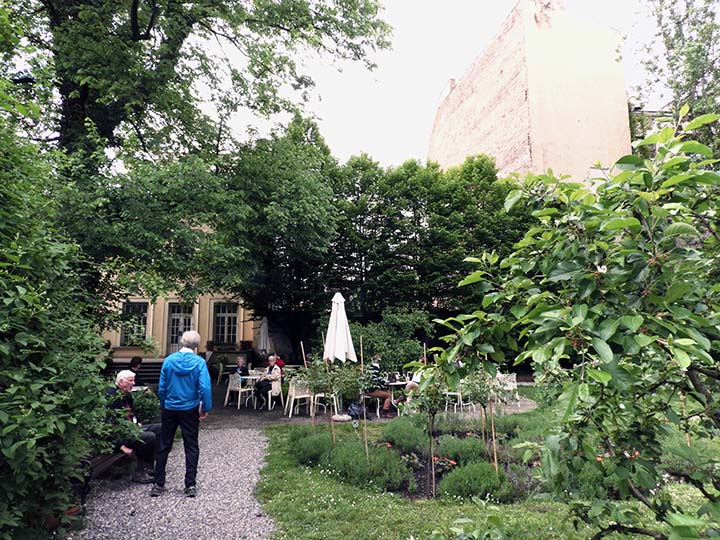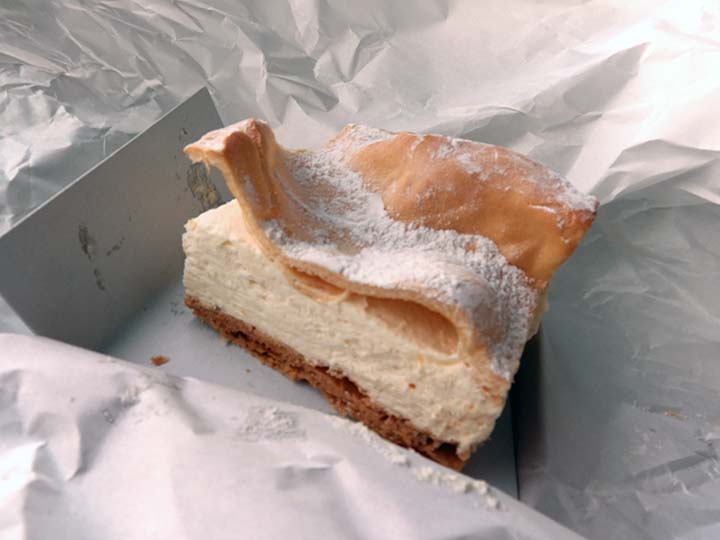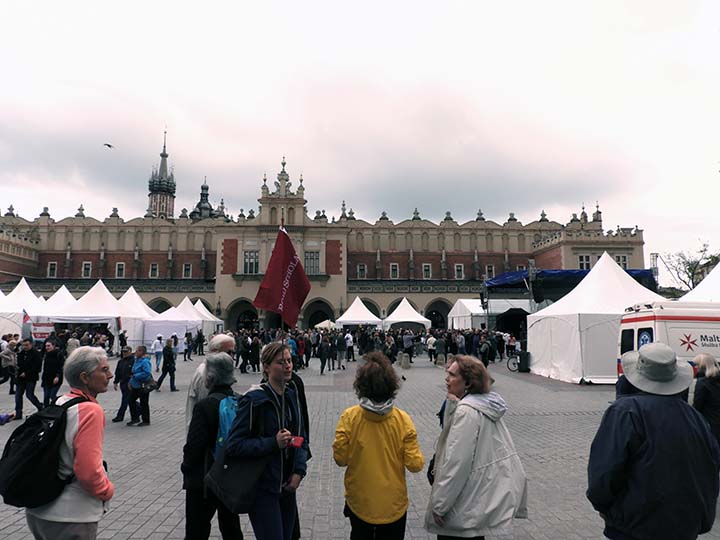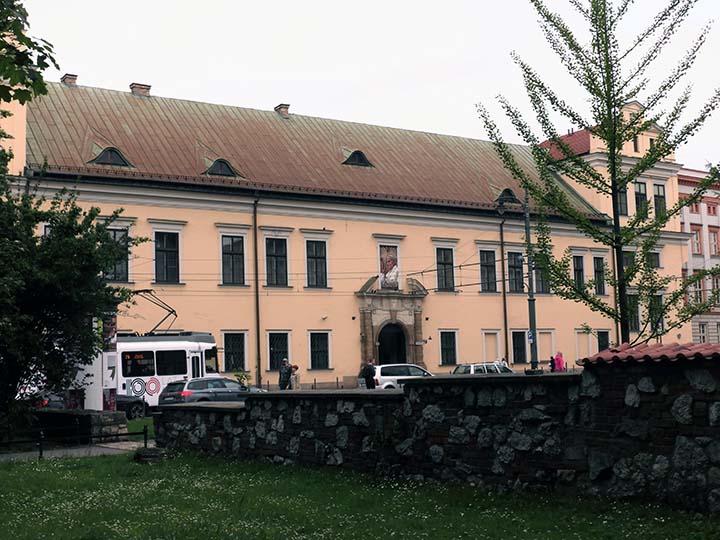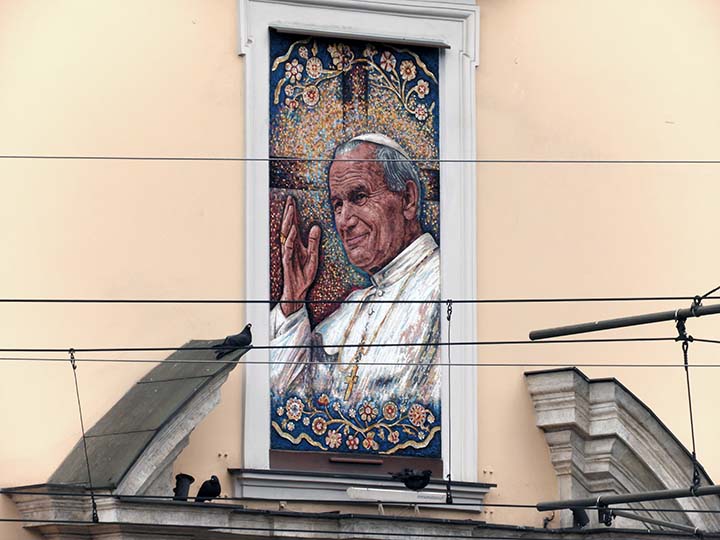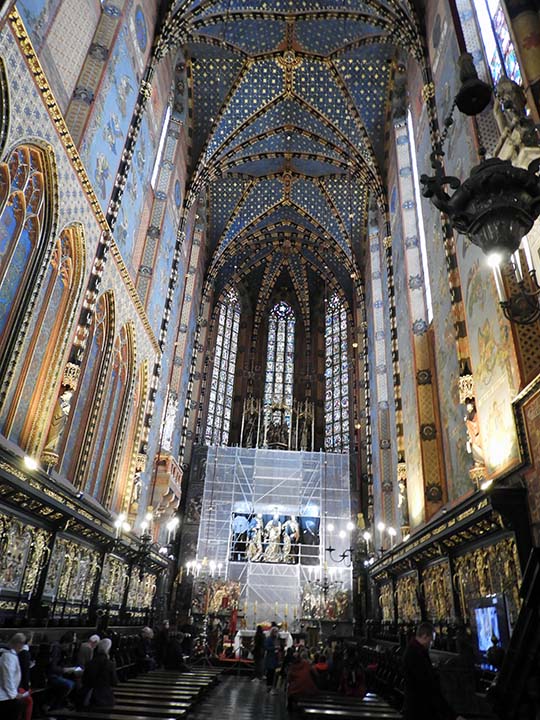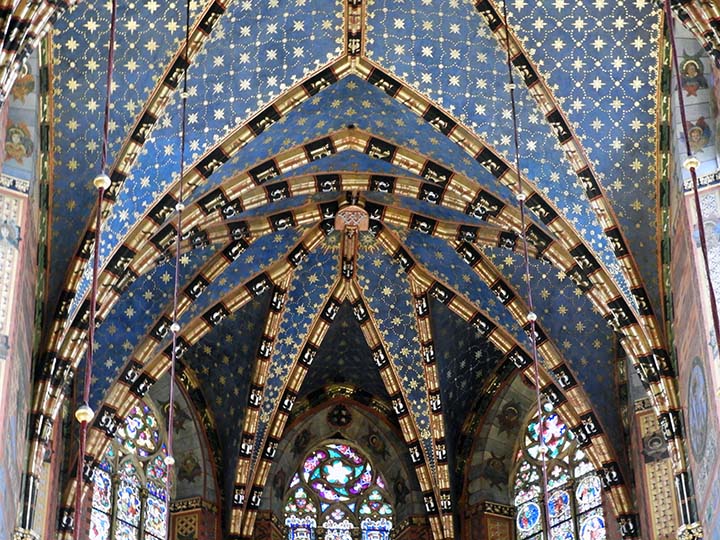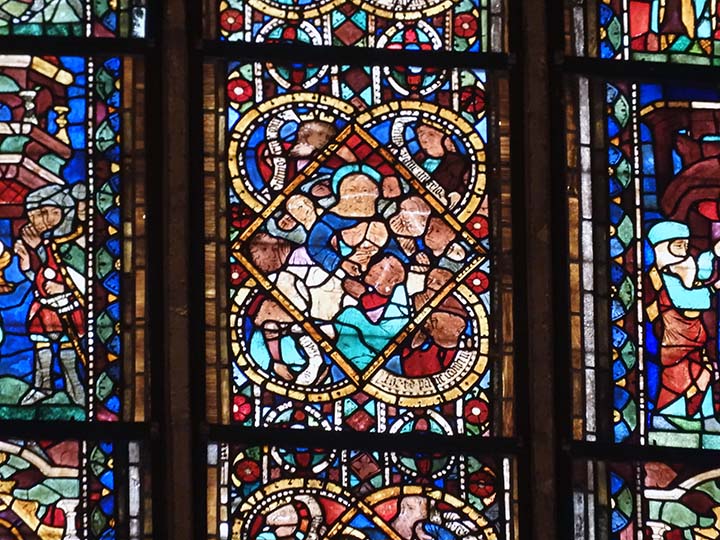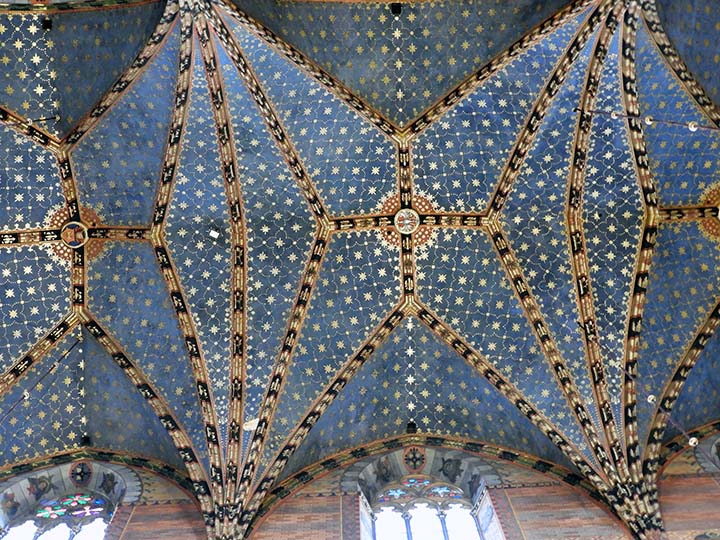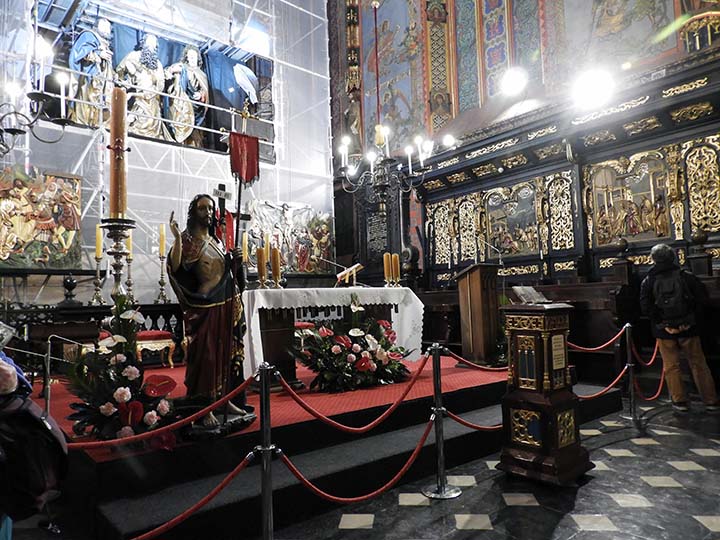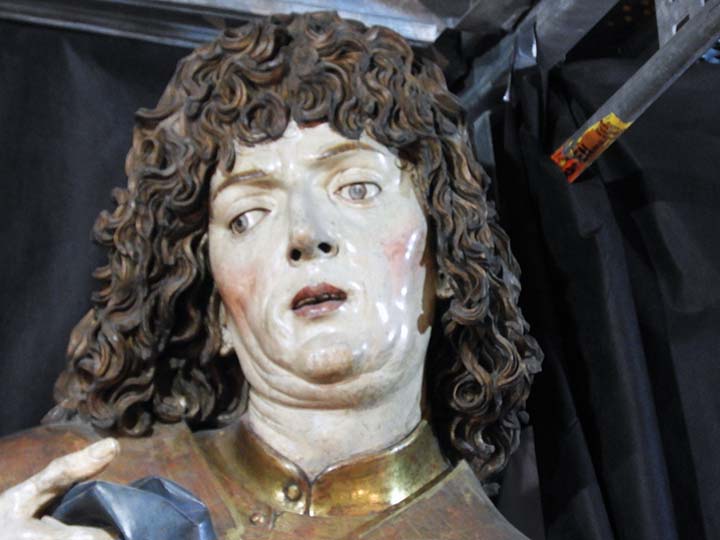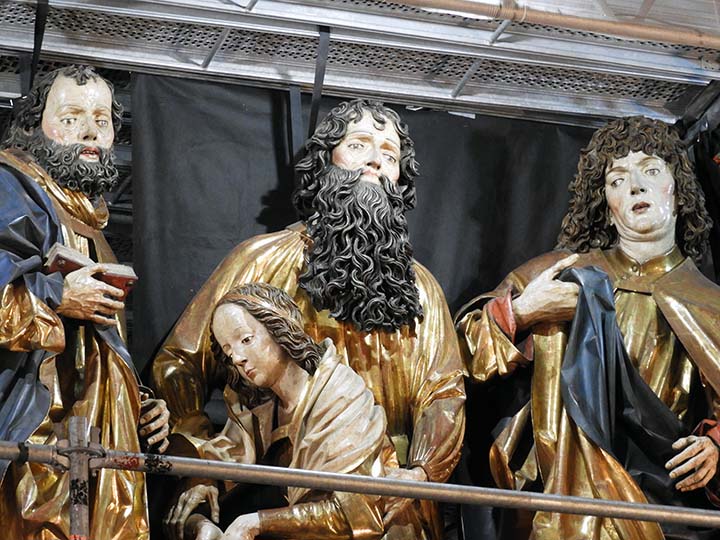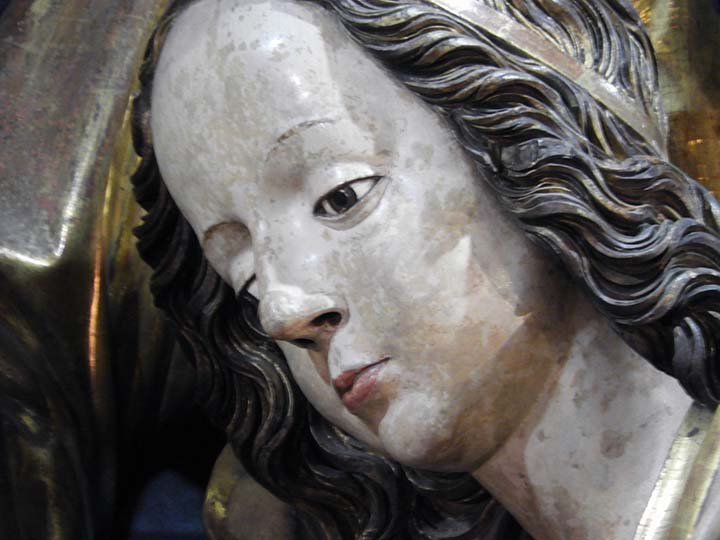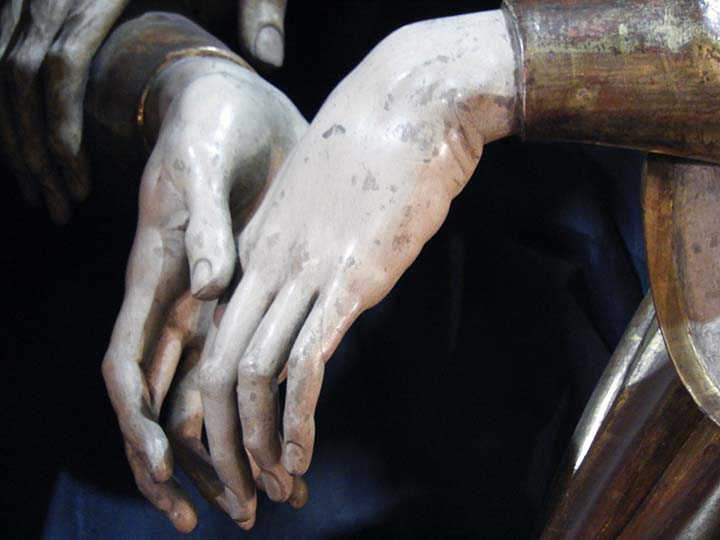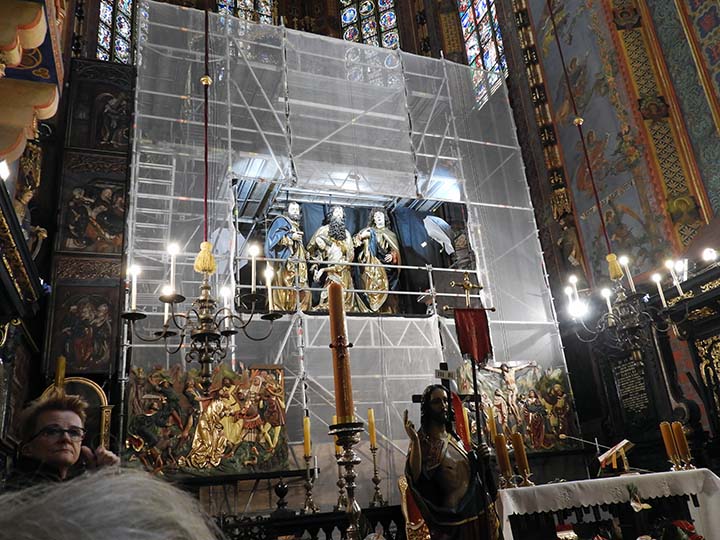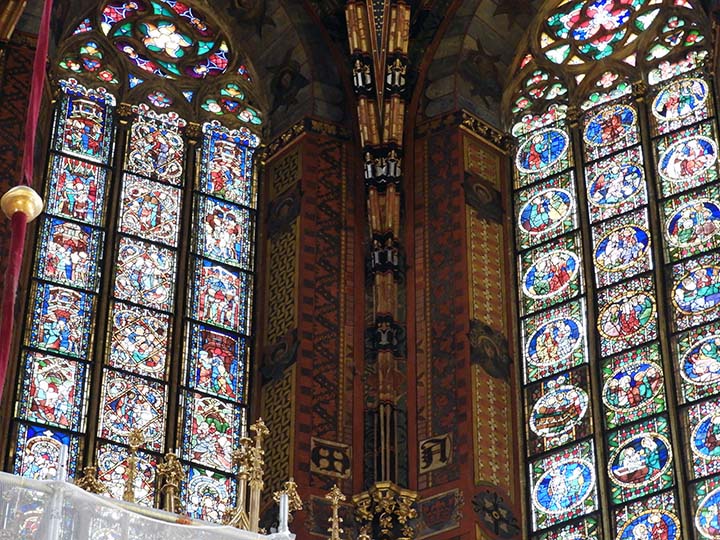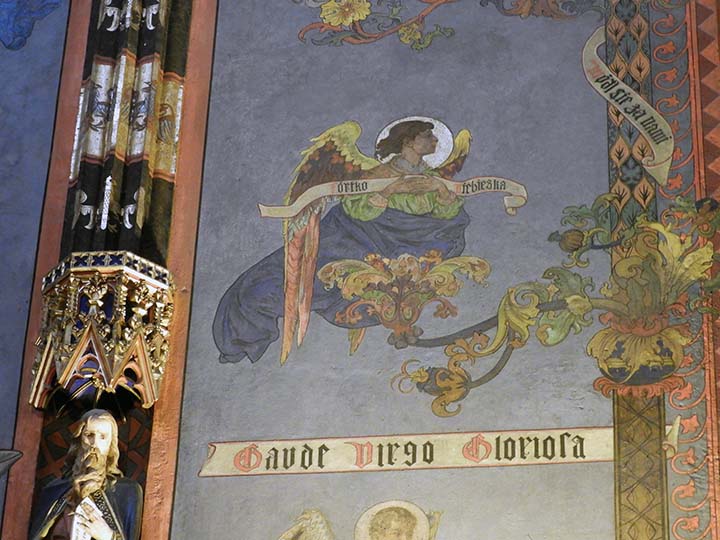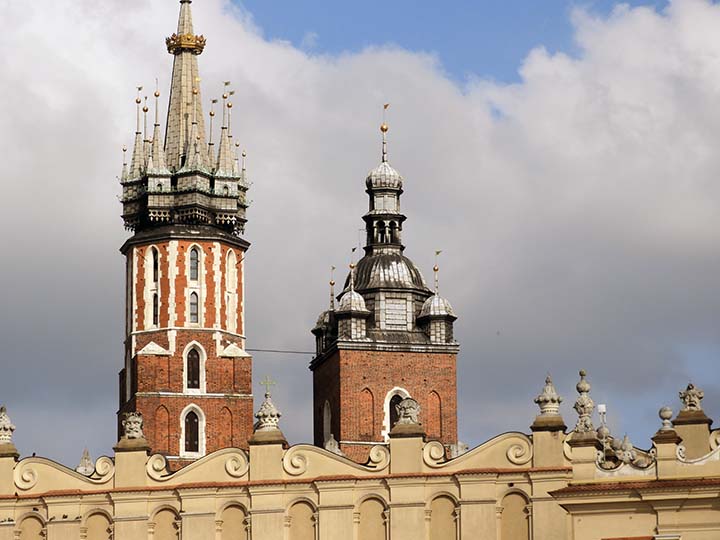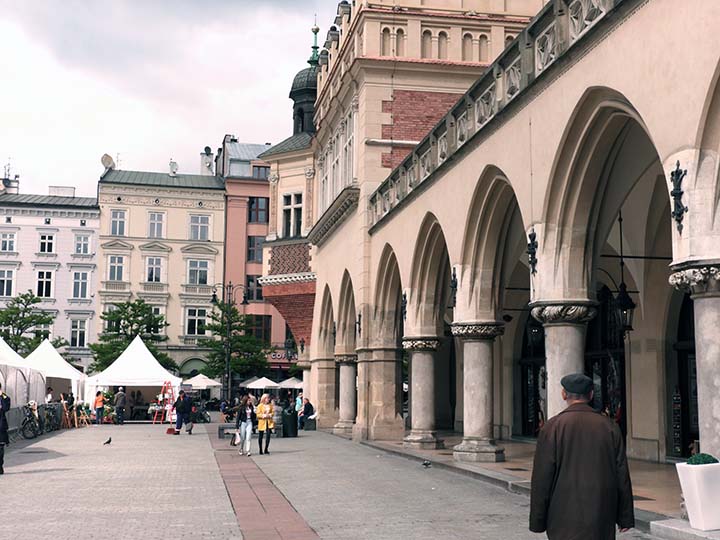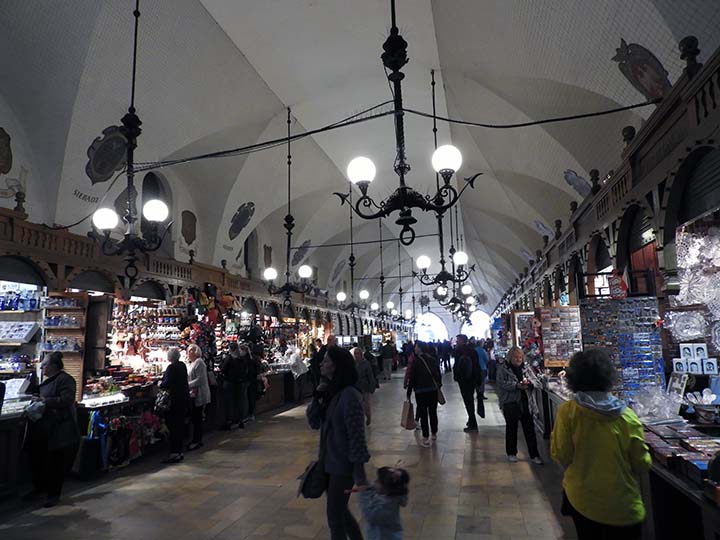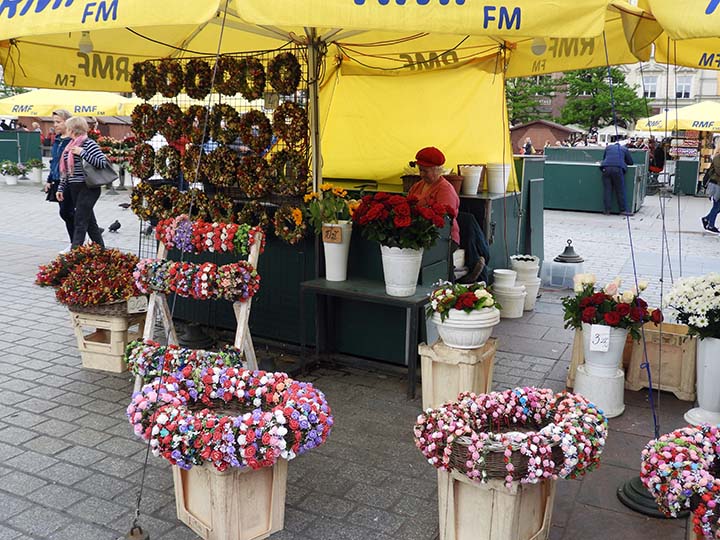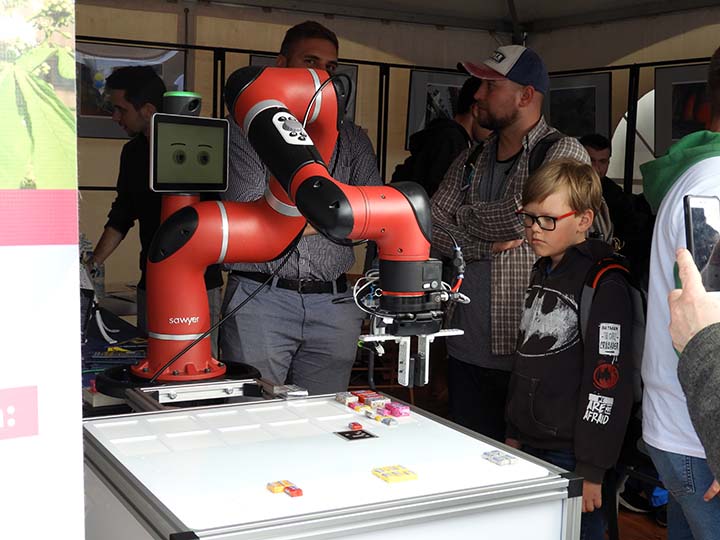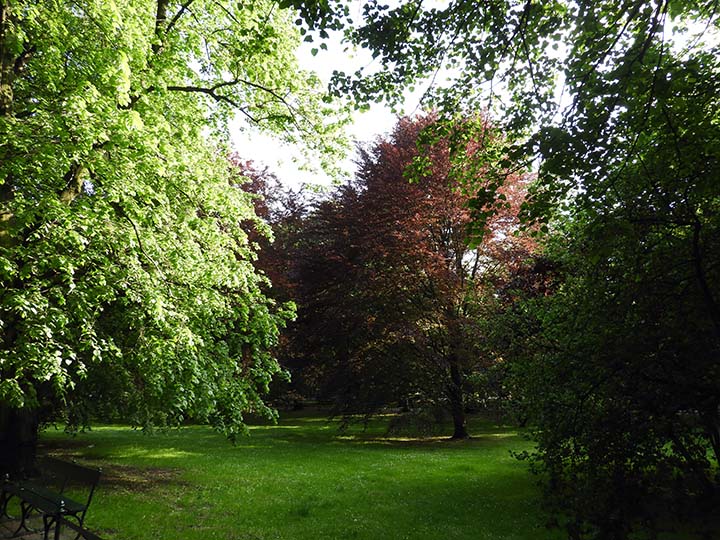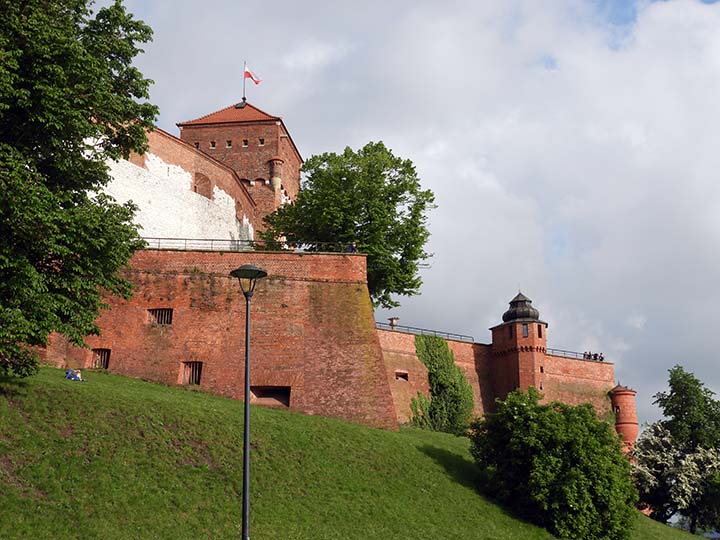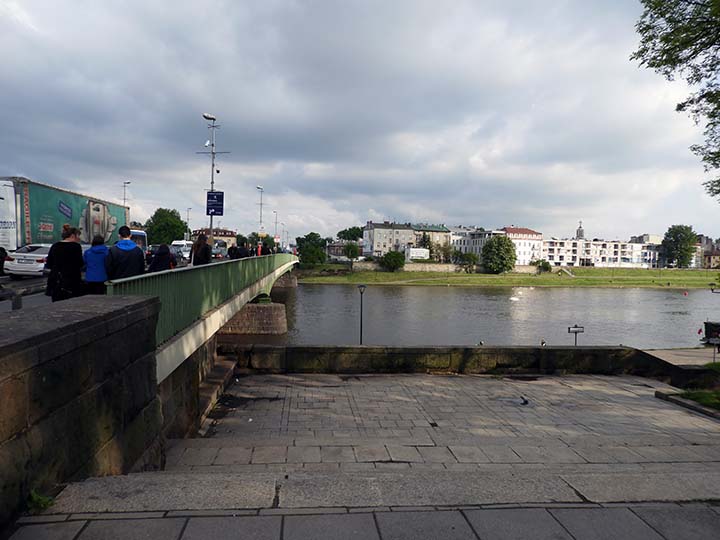|
Today was our first full day of touring Kraków. It’s a fascinating city, and good news: late in the day the sun came out.
First thing this morning we enjoyed a lecture by Prof. Monika Murzyn-Kupisz from the Jagiellionian University Institute of Geography and Spatial Planning. Her subject: Kraków, the cultural capital of Poland.
Then we hit the road. On foot all day.
They have a Hollywood Walk of Fame in Poland! Who knew?
Krakow is still picturesque this morning.
Our city guide, Janina, is a professional tour guide. She is often called upon to serve as a guide for VIPs who visit the city. She let us know immediately that she was embarrassed to be carrying this huge flag, and that if she is seen by other guides and they will laugh at her. But Road Scholar is paying her to carry a flag so she won’t lose any of us, so carry it she does. We are headed toward Wawel Castle, the place I took a few pictures of yesterday. Remember the dragon? Well just look! Today you can see the flames!
Janina told us the story of the dragon. It seems he lived in that cave and had been terrorizing the community, so the king offered his daughter’s hand as the reward for anyone who could kill the dragon. A meek shoemaker volunteered to try, and he fed the dragon some sulfur, which caused the dragon to get heartburn. The dragon ran down to the river and drank too much, resulting in one exploded dragon. This is a true story.
These are Polish bagels, much more authentic than anything you can buy in New York City. Well that's what Janina said.
The tourists still love that dragon.
You are here.
Let's go up and see Wawel Castle.
There are some impressive statues here.
Janina tells us all about them.
Those are flowers and a church.
That's Bill in front of some flowers and a church.
And that's a scale model of Wawel Castle.
Today we saw every single child in the country of Poland. Seriously, every school was empty nationwide so the students could all take a field trip to surround American tourists in this small courtyard. I am not exaggerating even slightly.
Let's sneak around the kids and go inside.
After we wait in line.
Wawel Castle has big doors. And that thing hanging down from this one is the rib of a dragon. Really! From Atlas Obscura: Hanging next to the cathedral’s entrance are the “real” bones of the Smok Wawelski—the Wawel dragon. They are chained together in a random jumble, hanging high above the main doors. Before the city was founded, the dragon was said to live in a cave under one of Wawel’s rolling hills. He was of the classic maiden-devouring ilk and the local people even had to put out a fresh young woman each month to quell his appetite. According to legend, he was finally killed by a local hero (or a local apprentice depending on the version), who fed Smok a lamb laced with sulfur. This made the beast so thirsty that he drank water from the river until he exploded. As delightful as it would be if the remains were truly mythological, the bones are actually thought to be fossilized whale bones or mammoth bones. Regardless of their true origin, they have been there for centuries and are credited with magical powers.
So we went inside but they wouldn't let us take pictures. Not to worry, I've downloaded some from the internet. This is one of them.
And this is another. The tapestries were spirited away to Canada during World War II so the Nazis couldn’t get their hands on them.
Nice throne room. Wawel Castle was the center of Polish government until the early 17th century.
It is a lavish and beautiful place. Listening to Janina describe some of the artworks reminded me of myself describing the interior of the library of Congress when I worked there as a docent in 2012 and 2013.
Now let's have lunch.
And now let's explore. Two churches are in the background. That thing in the foreground is a fountain that isn’t running today. Janina says some people call it Clinton’s cigar. I don’t know why.
Janina took my picture. Thanks, Janina!
Ancient Kraków was a walled city. When it became fashionable in the 19th century to tear down the old walls and moats in European towns, Kraków lucked out, as the city fathers in charge of the operation elected to replace the wall with a beautiful park surrounding the city. Those stones along the walkway on the right are the remnants of the ancient wall.
That fountain honors Chopin.
That is Nicholas Copernicus., the great Polish astronomer who proposed that the planets orbit the sun.
Let's go find a museum.
Pretty nice, if you ask me.
That's his mom. Looks like a nice lady.
That's his bed. Kinda small, if you ask me.
He had a nice garden.
And just down the street was a pastry shop with such marvelous smells wafting out onto the sidewalk that a number of our group suddenly made a sharp right turn and went inside.
I'd live here. This thing was delicious. Why is it so easy to find pastries this good in Europe but so hard in America?
We are going inside the church over there behind the market, St. Mary’s.
A trumpeter plays a tune from that tower every hour of every day, repeated four times out of four windows facing the cardinal directions. OK, there is more than one trumpeter and they take shifts. This is to commemorate the day several hundred years ago that a trumpeter signaled an alarm when he spotted an approaching army. His signal saved the city, but it didn’t save the trumpeter. That’s why the melody is always cut short.
Have a listen.
That's a statue of a student named Zak (Zaczek). I have no idea why he's atop a fountain in St. Mary's Square, but there he is.
Now let's go see St. Mary's Cathedral. On the way we'll pass the "Papal Window" where John Paul II spoke to the crowds. Krakow was his home town.
They even put up a picture to mark the spot.
St. Mary's Cathedral is an impressive place.
Nice ceilings.
And the stained glass is awesome.
Have I mentioned the ceilings?
The beautiful centerpiece of the church is a group of statues that represent the assumption of St. Mary It was undergoing restoration so we couldn't see all of it. The Veit Stoss Altarpiece is about 13 m high and 11 m wide when the panels of the triptych are completely opened. The realistically sculptured figures are 2.7 m (more than 12 ft.) high; each one was carved out of a tree trunk of lime (linden). Other parts of the altarpiece are made from oak wood, and the background is constructed of larch wood. When closed, the panels show 12 scenes of the life of Jesus and Mary. The scene at the bottom of the main altarpiece (centre) shows the death of Jesus' mother, Mary, in the presence of the Twelve Apostles. The upper centre part illustrates the Assumption of the Madonna. At the very top, outside the main frame, the coronation of Mary is shown, flanked by figures of Saint Stanislaus and Saint Adalbert of Prague. The side panels show the six scenes of the Joys of Mary. A few weeks prior to the outbreak of the Second World War and the German occupation of Poland, the Poles took the altarpiece apart and stored its main statues in crates dispersed across the country. The crates were located by a Nazi unit called the Sonderkommando Paulsen, plundered and transported to the Third Reich, likely to Berlin. The panels were also found and sent to Germany. They were put in the basement of the Nuremberg Castle. At the castle, Polish prisoners sent messages to members of the Polish resistance that the revered altarpiece was hidden there.[1] The altarpiece survived the war in spite of heavy bombardment of Nuremberg, and was discovered by Count Emeryk Hutten-Czapski, who was attached to the Polish 1st Armored Division, and it was returned to Poland in 1946, where it underwent major restoration. It was put back at St. Mary's Basilica in 1957.
He looks worried.
They all do.
Especially Mary.
Nice hands, Mary.
If we want to see all of it we'll have to come back.
Meanwhile, check out that stained glass.
And the art nouveau.
And don't forget those ceilings.
Now let's go out into the square and have a look around.
That's St. Mary's towers.
And this appears to be a big festival.
There are Gospel singers in Krakow!
And folk dancers!
Bill is making friends with the folk.
Let's have a look in the market.
If you want to buy a Polish trinket you can probably find one here.
Flowers, too.
The kid in the eye of the statue.
The tents are staffed by representatives of all the departments at the local university. Here there be robots.,
Creepy robots.
And children in imminent danger.
While walking back to the hotel, Bill got a better view of that Chopin fountain.
And a nice view while walking in the park.
And some archers outside Wawel Castle.
Good old Wawel Castle.
Enough of this: I'm hungry.
Smells good here, and it's just across the street from the hotel.
Ah...genuine Polish pierogies. Delicious, but I think the pierogies I had in Cleveland were better.
|


